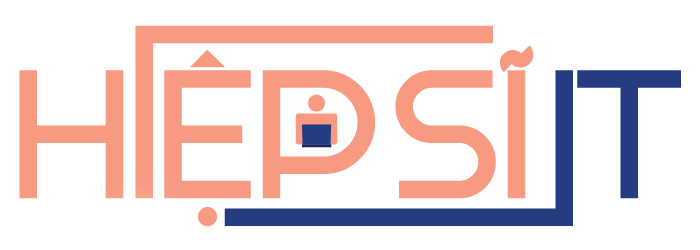The realm of Testing instruments encompasses a vast array of devices and equipment designed to measure, analyze, and assess various properties and characteristics. These instruments are indispensable in numerous industries, including healthcare, engineering, research, and manufacturing. In this comprehensive guide, we will delve into the significance of testing instruments, their applications, and the key requirements that must be considered when selecting and utilizing them.
Requirements:

1. Accuracy and Precision:
One of the primary requirements of a testing instrument is its ability to provide accurate and precise measurements. Accuracy refers to how close the measured value is to the true value, while precision refers to the consistency of repeated measurements. Ensuring that a testing instrument meets these requirements is crucial for reliable and trustworthy results.
2. Calibration and Maintenance:
Regular calibration and maintenance are essential for maintaining the performance and accuracy of testing instruments. Calibration involves adjusting the instrument to ensure it provides accurate measurements, while maintenance includes cleaning, lubricating, and replacing worn-out parts. Implementing a proper calibration and maintenance schedule is crucial for prolonging the lifespan of the instrument and ensuring consistent results.
3. User-Friendly Interface:
A user-friendly interface is crucial for testing instruments, as it allows operators to easily navigate and perform measurements. A well-designed interface should be intuitive, with clear instructions and visual aids. Additionally, the instrument should provide real-time feedback and error messages, enabling operators to make informed decisions and troubleshoot issues promptly.
4. Portability and Durability:
Testing instruments are often used in various environments, ranging from laboratories to field sites. Therefore, portability and durability are important considerations. An instrument that is lightweight, compact, and resistant to harsh conditions ensures convenience and reliability, enabling operators to conduct measurements wherever necessary.
Body:
1. Accuracy and Precision:
Accuracy and precision are fundamental requirements for testing instruments. To ensure these characteristics, manufacturers employ precise manufacturing techniques and utilize high-quality materials. Calibration processes are strictly followed to minimize errors and deviations. Additionally, using reference standards and traceable measurements further enhances the accuracy and reliability of the instrument.
2. Calibration and Maintenance:
Regular calibration is crucial for maintaining the accuracy of testing instruments. Calibration should be performed according to the manufacturer's guidelines and industry standards. Establishing a maintenance schedule helps prevent potential issues and prolongs the instrument's lifespan. This includes cleaning, lubricating, and replacing worn-out parts, as well as performing routine checks and adjustments.
3. User-Friendly Interface:
A user-friendly interface is essential for seamless operation of testing instruments. Modern instruments often feature intuitive graphical user interfaces (GUIs) that provide clear instructions and visual aids. Operators can easily navigate through various functions and settings, ensuring efficient and accurate measurements. Additionally, real-time feedback and error messages enable operators to address any issues promptly, minimizing downtime.
4. Portability and Durability:
Testing instruments must be portable and durable to accommodate various environments. Lightweight and compact designs make it easier to transport instruments to different locations. Moreover, instruments that are resistant to shock, vibration, and temperature variations ensure reliable performance in challenging conditions. High-quality materials and robust construction contribute to the overall durability of the instrument.
Testing instruments play a crucial role in numerous industries, providing accurate and reliable measurements. By focusing on the key requirements of accuracy and precision, calibration and maintenance, user-friendly interfaces, and portability and durability, individuals and organizations can select and utilize testing instruments effectively. Ensuring these requirements are met will lead to consistent and trustworthy results, ultimately contributing to the success of various applications.

